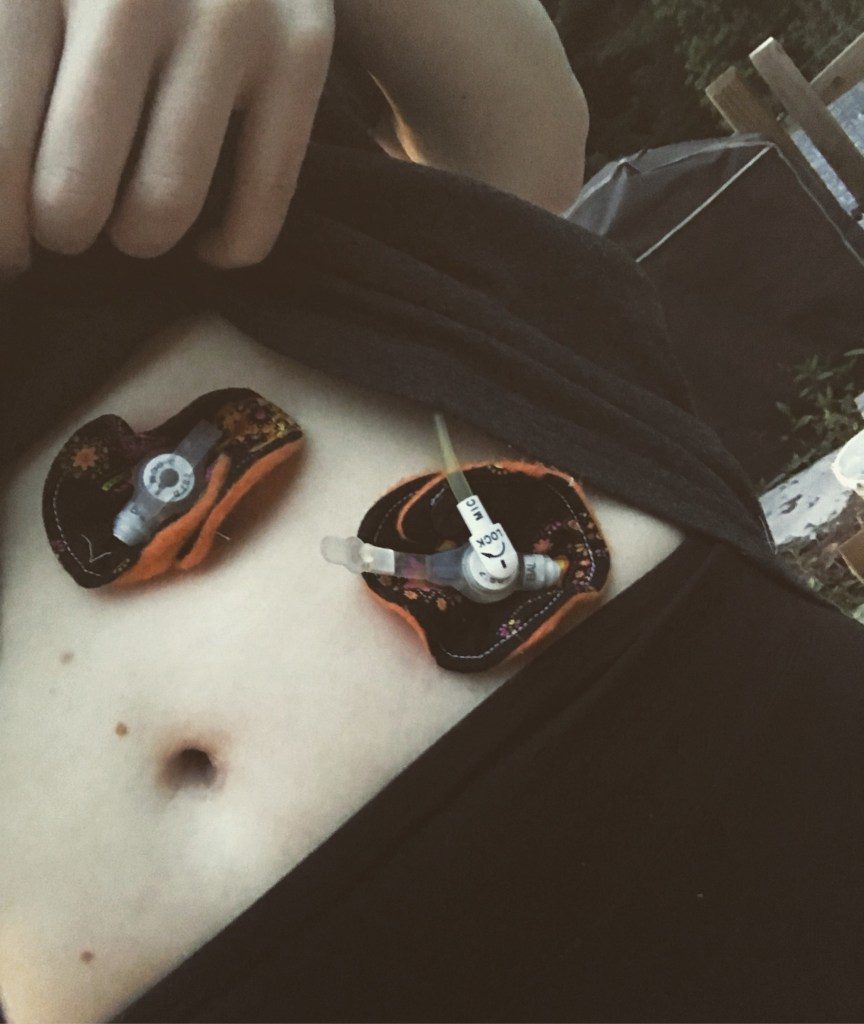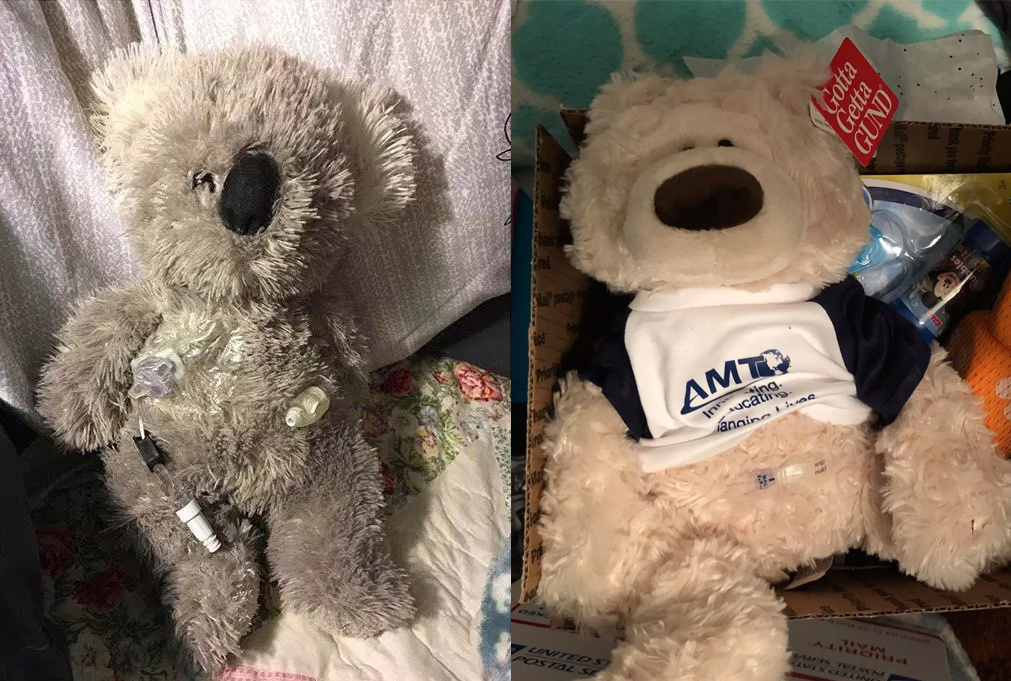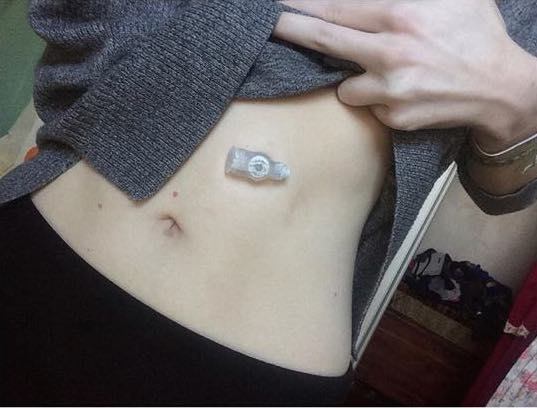New to the spoonie life? Are you the patient or a loved one/caretaker/friend trying to support a spoonie? We have a lot of chronic illness “lingo” that can be confusing to the “real world,” so I decided to create this list to help get some of these out there and easy to find!
This list contains many of the common words and acronyms you will come across but I’m sure I’m missing something! If you have other words/acronyms I missed, comment and I’ll add them in! I plan to do so as things pop into my mind, as well ????
And off we go!
1. “Spoonie.”
A chronic illness patient; a term based on the Spoon Theory, which aims to explain the level of fatigue we face as well as what simple, daily tasks can take energy from a “spoonie.”
2. “Tubie.”
A term used in the chronic illness world to talk about individuals who are tube fed; not an insult, rather we use it about ourselves and one another all the time.
3. “Stoma.”
The tube site; the area on your outer abdomen where the tube enters, used to keep it clean and comfortable as much as possible.
4. “Feeds.”
The formula that goes through the feeding tube to sustain and nourish patients; “Time for feeds” is like “Time for supper!” except a lot less fun.
5. “Tubie Pads.”
Similar to gauze but much cuter; used to help keep the tube site clean, healthy and cute.

6. “Vent.”
If you have a feeding tube that is in your stomach — G-tube, G-J tube or NG tube — you can “vent” it if you are nauseous or have air stuck in your gut (which doesn’t move). It is often done with a drain bag for gravity or a syringe for suction, which requires more caution – ick!
7. “A central line (Hickman, port, or PICC line).”
Essentially a long-term IV that is placed into a large blood vessel near the center of the body, most often through your chest and ending at the heart. Used for intravenous treatments like chemotherapy or intravenous immunoglobulin (IVIG), total parenteral nutrition (TPN), medications, IV hydration and so on.

8. “Brain Fog.”
Cognitive dysfunction that comes with conditions like dysautonomia, Ehlers-Danlos syndrome (EDS), fibromyalgia and so on, and causes severe problems with word finding, on-the-spot thought processing, short-term memory problems, sometimes long-term memory problems, lack of mental clarity and trouble holding conversations. People often say they feel that way too — that it’s normal when you’re tired or it happens as you age — but if you felt the fog we feel as patients, you’d be very glad your fog is not what we experience.
9. “ Gastrointestinal (GI) Motility.”
Movement of the digestive system and its ability to move anything in there throughout the gastrointestinal (GI) tract. When there isn’t proper movement, undesirable symptoms can come up and you can be at risk for conditions like gastroparesis. Gastroenterologists who specialize in these conditions are called “motility specialists.”
10. “Flip/flipped.”
If you have a G-J tube, you can experience a “flipped” tube. This is when the J-arm comes up from the intestine and into the stomach, where it doesn’t belong. To fix this, you have to have it rewired in IR.
11. “Tubie Friend.”
A stuffed animal or a doll with medical devices to match your own — feeding tubes, central lines, oxygen mask, etc. These are incredibly comforting and meaningful for all ages.

12. “Button Tube.”
Low profile feeding tubes have an extension that can be removed, leaving only the “button” when you’re not using it! The other surgical tubes don’t have that option, and we usually call them “dangler” tubes or catheter tubes.

13. Acronyms you may come across.
NTCP: Newbie Tubie Care Packages.
NP: Nurse Practitioner.
PCP: Primary Care Physician.
GP: Gastroparesis.
POTS: Postural Orthostatic Tachycardia Syndrome, a type of dysautonomia.
MCAS: Mast Cell Activation Syndrome.
NPO: nothing by mouth, long-term or short-term, often just 24 hours or overnight before surgery, for certain procedures such as tube replacements, or even for fasting blood work.
TPN: total parenteral nutrition; nourishment coming straight from an IV bag into your central line in order to stay nourished. Can be short-term or long-term and is used as a last resort for dysmotility/gastroparesis patients who can no longer tolerate oral intake or feeds into the jejunum.
14. Types of Tubes.
Gastro-Jejunal tube (G-J tube): Through your stomach and into the intestines; has access to both stomach and intestines.
Jejunostomy tube (J-tube): A feeding tube that enters straight into the intestine. This is the most complex and serious surgery out of the three surgical options, mostly used for those of us with severe dysmotility not just in the stomach, but also through the lower GI tract, small and large intestines, colon, etc. Hence, you cannot keep the J-arm of a G-J tube “down” due to the lack of movement/pull.
Gastrostomy tube (G-tube): A tube through the abdomen and into the stomach directly, no lower access.
Nasojejunal (NJ) tube, Nasogastric (NG) tube: tubes going through the nose instead of the gut; usually used for short-term help for babies, individuals hospitalized or trials for feeds before surgery for G/J/G-J surgery.
If you have any suggestions for words/phrases I should add, let me know — I’m always happy to have opinions from others.
Follow this journey, or find out about the Newbie Tubie Care Package Program, on the author’s blog.
Images via contributor.

